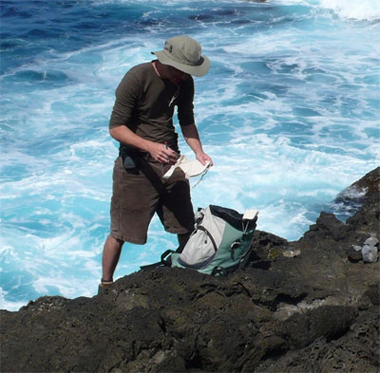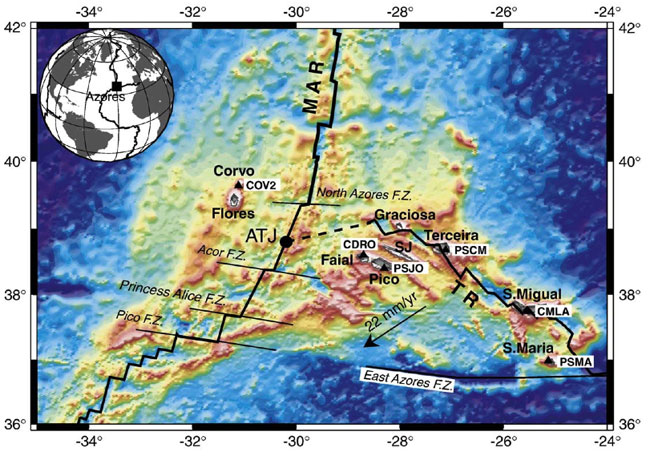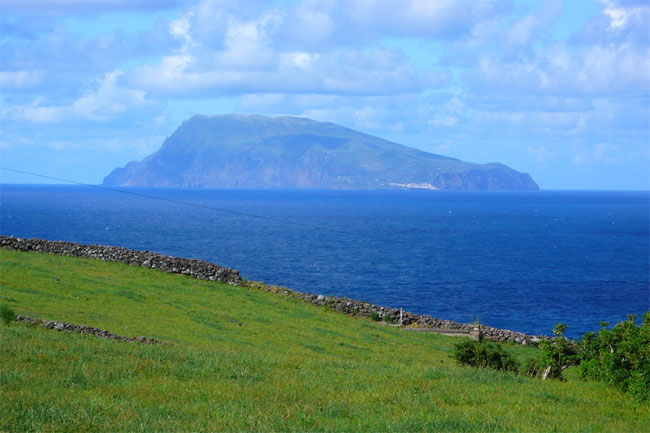Felix S. Genske
MGeoScience Macquarie University
Postgraduate Student
Contact DetailsOffice : E7A 524 Felix Genske |
 |
Profile
I commenced my current PhD candidature in February 2009 under the supervision of Professor Simon Turner, Dr Bruce Schaefer and Dr Christoph Beier. I am a member of the U-Series Research Group in the ARC National Key Centre for Geochemical Evolution and Metallogeny of Continents (GEMOC). Following a BSc from Martin-Luther-University Halle, Germany in January 2007, I received a MGeoscience in April 2009 from Macquarie University.
research Interests
- Application of (isotope-) geochemistry to constrain timescales and source compositions of Ocean Island Basalts related to hotspot magmatism
- Geodynamic processes of upwelling mantle plumes
- Interpretation of geochemical signatures indicating (deeper) mantle contribution
PAST research
The title of my MSc thesis is "Geological and Geophysical Characterisation of a Blind I-type Pluton emplaced within the S-type Bundarra Supersuite of the New England Batholith." Therein I showed that it was possible to confine the main physical properties as well as the composition of a sub-surface igneous intrusion using geophysical methods (gravity and aeromagnetic modelling) in combination with petrological analyses of the surrounding rocks.
CURRENT research
The working title of my PhD project is “Assessing the Heterogeneous Source of the Azores Mantle Plume”. Most studies have concentrated on the islands to the east of the Mid-Atlantic Ridge and so little is known from Flores and Corvo to the west even though this would inform models for the extent to which there is symmetry in this plume. Both islands are part of the Azores Plateau, which formed through the interaction between a mantle plume and the diverging European and North American plates.
Furthermore, this study is to establish the nature of the Azores mantle xenoliths, where some have been found on the island of São Miguel and are also reported from Pico and Faial. The presence of pyroxenite/eclogite in the Earth’s mantle may play an important role in mantle melting and may also contribute to the establishment of trace element and radiogenic isotope heterogeneities.

Figure 1: Map of the Azores archipelago and adjacent region, showing all nine islands (western group: Flores and Corvo; central group: Terceira, Graciosa, Sao Jorge (SJ), Pico, and Faial; eastern group: Sao Miguel, and Santa Maria), Yang et al., 2006.

Figure 2: Island of Corvo with Vila do Corvo at its southern end (Photo: C. Beier).

 ARC Centre of Excellence for Core to Crust Fluid Systems
ARC Centre of Excellence for Core to Crust Fluid Systems